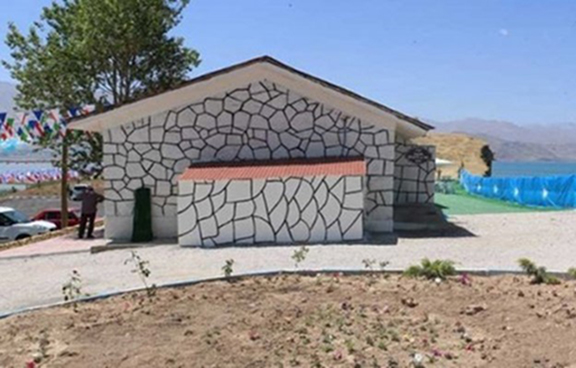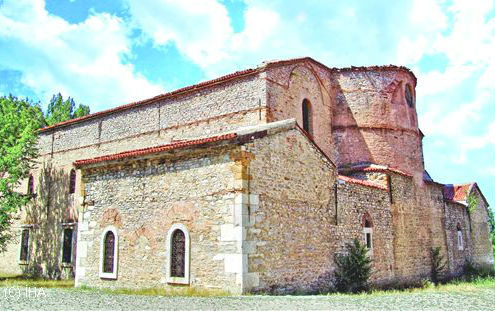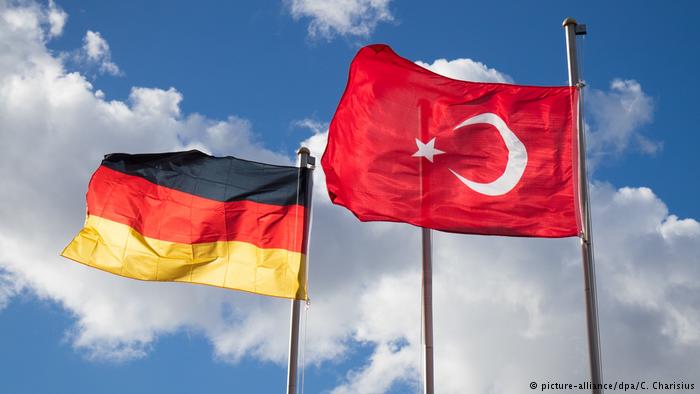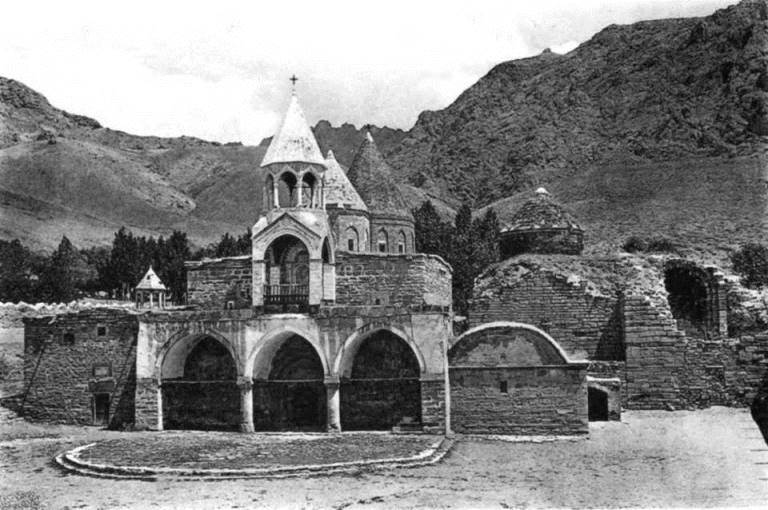Toilets are built in Armenian Cemetery in Van

A Turkish government-appointed trustee of Van’s Edremit Municipality has built toilets in a historic Armenian cemetery in the vicinity of a new public beach, Asbarez reports.
According to a report by Turkish-based T24 news, the bones from the cemetery were scattered after a public beach was installed on the site. The site at which historic artifacts dating to 3000 B.C. were found according to the report, is said to be damaged by the new construction. A total of 24 graves were discovered in the area once heavily settled by Armenians.
Edremit is a district of Van Province of Turkey, which is situated on the coast of the Lake Van, 18 kilometers (approx. 11 miles) from the city of Van. The current name of Edremit originates from Armenian name of Artamet, which literally means “Near the Fields” in Armenian, as it lies near the fields of grape and apple trees at the coastline of Lake Van.
Artamet was founded as a small town at the shores of Lake Van in Tosp district of Vaspurakan province, in the middle of Historical Armenia. Throughout history, the city has had several names: Artemida, Zard, Artashessyan, Avan, Artavanyan, and Edremit. In the 10th century, Artamet was known as a feudal city with a population of 12 000. It was renowned for the best apples in Armenia.
At the beginning of the 19th century, Artamet boasted approximately 500 households, 435 of which were Armenian. After the first Hamidian Massacres of 1894–1896, the Turkish population grew and Turks soon outnumbered the Armenians. Prior of the Armenian Genocide, Artamet had 10 Armenian churches and a Greek church. Armenians, Greeks, Assyrians, and other local Christians were almost entirely killed or driven out between 1915 and 1923.










